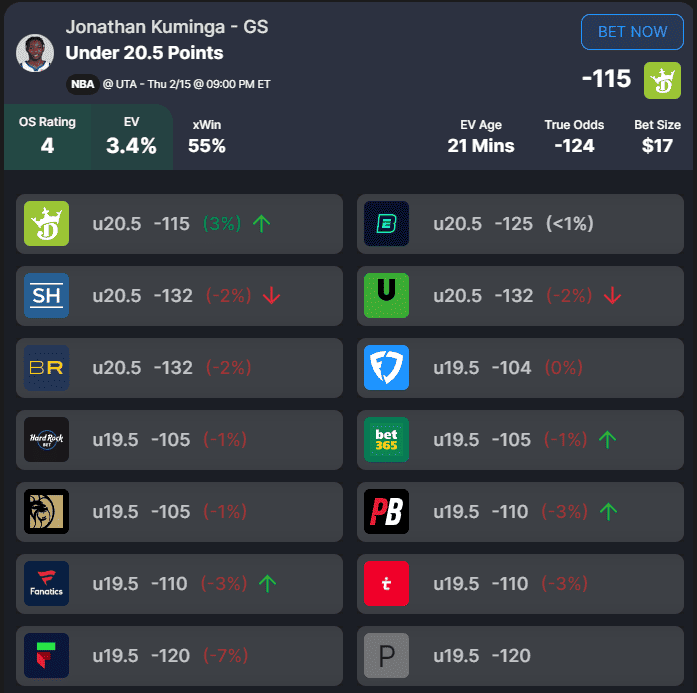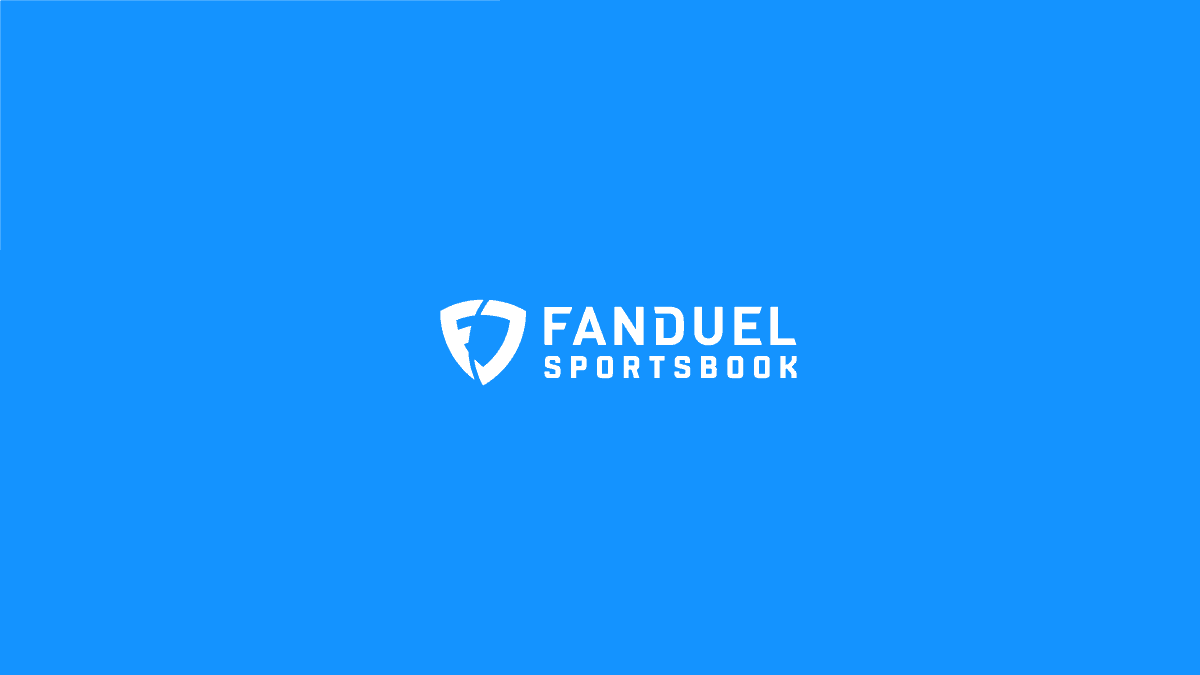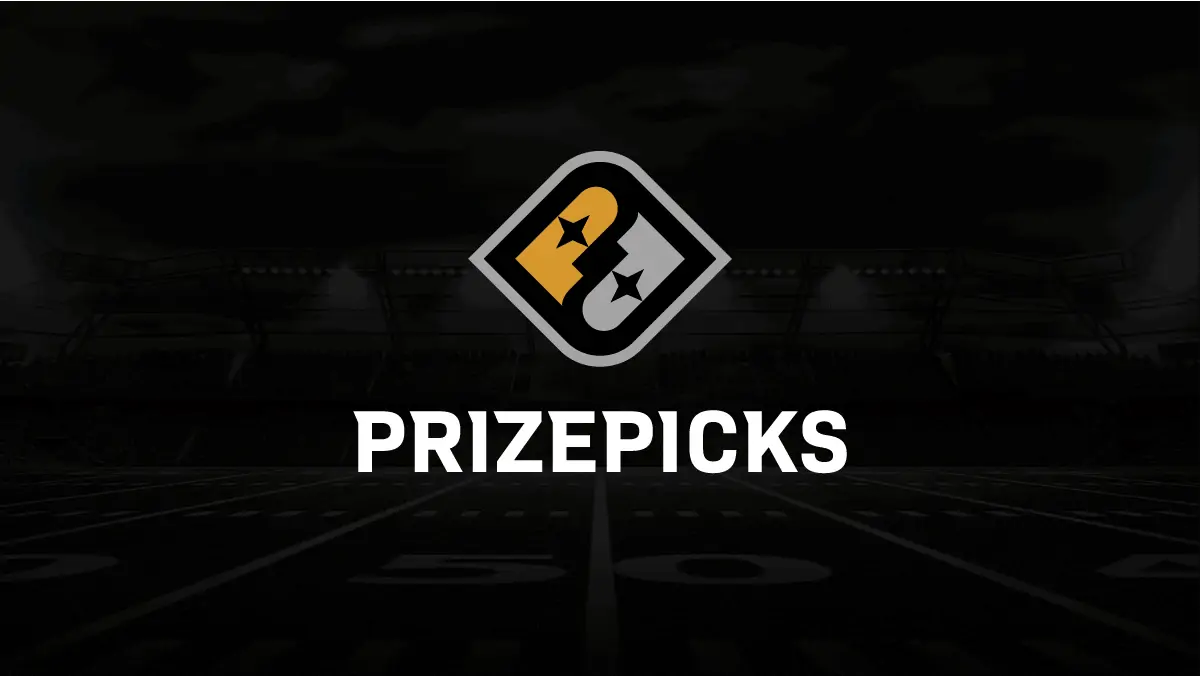Becoming a profitable sports bettor is hard, so take whatever edge the sportsbooks give you. Profit boosts are one such edge, as they allow you to increase your payout (by, in effect, decreasing the implied probability) of a given bet. But if you’re still wondering what profit boosts are, or you just need a walkthrough on how to use them, you’re in the right spot! Let’s dive into what profit (or odds) boosts are and how to use them, well, profitably.
What are Profit (or Odds) Boosts & How to Use Them
What are Profit Boosts & Odds Boosts
Profit boosts are simple: they either change the odds of a given bet to a set number or boost the implied probability by a given amount. The rules vary on a book-by-book basis; sometimes books only boost the actual profits you’d be receiving from a given wager; other times, they let you boost the actual odds themselves. Both still decrease the implied probability of a given bet, but boosting the odds of a given bet generally yields a higher return.
How to Use Profit & Odds Boosts
So you’ve got a profit boost: how do you find it? Some sportsbooks like DraftKings and FanDuel will require you to opt in to acquire them, so make sure that you’ve checked the relevant promotions tab for any opt-in button.
Click on any bet and check your bet slip. If you see it appear, you’re good to go! If you don’t, try refreshing the webpage. You should see something similar to this:

After you’ve checked your bet slip for your profit boost, find the bet you want to wager on, add it to your bet slip, and select the profit boost. DraftKings uses a “select” button, while FanDuel uses a yes-or-no slider. After you’ve hit select, you should see something like this:

But now that you’ve figured out how to use your profit boost, you should consider how to use your profit boost… profitably. Let’s dive into how you can find as many bets with positive expected value (+EV) as possible by using Portfolio EV.
How To Use Portfolio EV
The following content is repurposed from our guide to NBA player prop betting. For more information, read the full story!
The most intuitive way for most people to understand sports betting is that you, the bettor, are taking advantage of your sports knowledge to outsmart the books. That’s sometimes the case, but what if I told you that don’t need to know anything about sports to be a profitable sports bettor? There are two main methods for profitable sports betting, projections-based approaches or market-based approaches, and the latter one doesn’t force you to know anything other than how sportsbooks operate. Both approaches simply use different sets of information to generate the odds of a given bet winning to identify wagers with positive expected value, or +EV.
Projection-based models are easiest for new bettors to understand. They’re not much different from those used by fantasy sports websites to estimate how well your team will perform on a given week. However, market-based models can be harder for bettors to understand. They rely on the assumption that some odds (and some action bet on those odds) are sharper than others. For example, if Pinnacle, which is widely considered a sharp book due to its userbase, has a bet priced at -150, but DraftKings Sportsbook, which is considered a public book, lists the same bet at +150 — it’s usually smart to take that bet.
But knowing which books are sharper than others — and knowing at what point your edge overcomes the hold each book, even Pinnacle, is pocketing from your wager — can be difficult. That’s why Portfolio EV does the hard work for you. Let’s take a quick look at an example wager and how our product team describes each of the key terms.
Bet Size: The recommended bet size as a percentage of your bankroll. This metric is based on a fractional Kelly Criterion approach that leads to a reasonable balance of minimizing risk of ruin while maximizing potential reward.
EV: An abbreviation for “expected value,” this metric estimates the long-term profitability of a wager by taking into account the probabilities/payouts associated with each potential outcome.
xWin: The probability of winning the bet implied by the Sharp Sportsbook Algorithm true odds.
OS Rating: The OS rating provides a rating for each +EV bet. An OS rating above 20 signifies an exceptional bet. Ratings between 10 and 20 are highly favorable bets. Finally, a rating between 0 and 10 indicates a solid bet. We factor in the EV, expected win, bet size, and negative geometric drag to calculate this rating.
Hold: The synthetic hold across the entire market, which is the loss a bettor would sustain if he bet both sides of the market to win equal amounts. The larger the hold, the more difficult it is to beat that market.





























